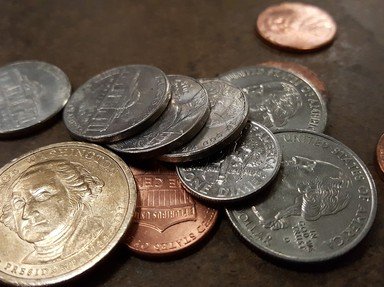Quiz Answer Key and Fun Facts
1. What is a more formal term for coin collecting?
2. When were the earliest coins minted?
3. It took a while after achieving independence from Great Britain for the United States to get around to minting its own coins. When did Congress pass the first bill to establish a mint and begin producing coins for the new nation?
4. Coin collecting is a very old hobby. Augustus, the first Roman emperor, is said to have been an avid collector. So it is not surprising that special coins are often produced for collectors. Struck at higher than normal pressure on specially polished blanks, or planchets, these are sold to collectors at a premium by the mint. What are these special coins called?
5. If you acquire a nice coin for your collection, but it is dark and tarnished, what should you use to clean it?
6. As previously stated, the United States' first mint was in Philadelphia. As the nation grew, mints were opened in other cities. It was thought necessary to add a mark to each coin to show where it was made. This practice continues to the present day. What are these special marks called?
7. Most people begin by collecting whatever coins come their way. Eventually, however, you decide to collect a particular series of coins, such as Lincoln cents, and attempt to acquire a complete set of these coins, comprising every known date and mint. It soon becomes evident that some coins in the series are much more difficult to obtain than others, and command very high prices. What are these hard to find and valuable coins called?
8. Did the United States ever produce a three cent coin?
9. Sometimes the mint will issue special coins to honor an event or an individual. These are called commemorative coins. When did the United States produce its first commemorative coins?
10. The mint isn't perfect. Once in a while it makes mistakes when producing coins, and although it catches most of them, some do make it into circulation. What do collectors call these mistakes?
Source: Author
daver852
This quiz was reviewed by FunTrivia editor
WesleyCrusher before going online.
Any errors found in FunTrivia content are routinely corrected through our feedback system.


